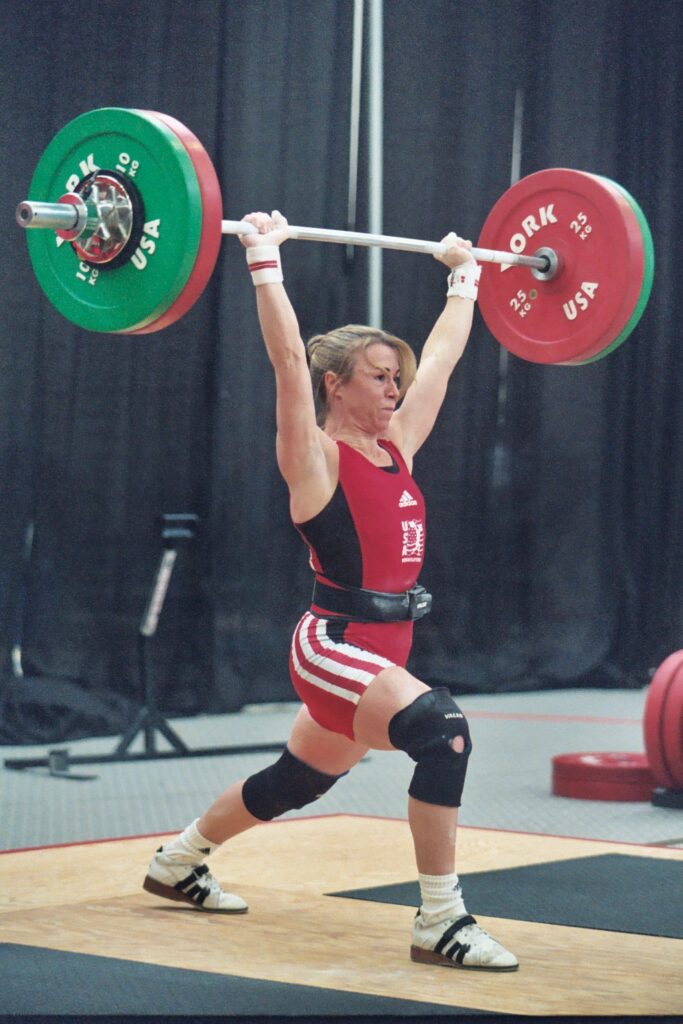The 2021 Formula 1 season ended in controversy: after 22 races, it all boiled down to the final lap and a few seconds difference between the two top contenders – defending champion Lewis Hamilton of Great Britain and Dutchman Max Verstappen. In the end, 24-year-old Verstappen prevailed, crowning himself to one of the youngest F1 world champions in history. Had it not been for the crash of Canadian Nicholas Latifi that caused a safety car phase shortly before the end of the season’s final, Abu Dhabi Grand Prix, we would almost certainly have witnessed Hamilton winning a record-breaking eight world title.
A lot has been analyzed and said, and the opinions differ dramatically, whether or not the decision by the F1 race director was fair. I will thus not add another opinion piece on this – rather, I would like to discuss the role of athletes’ fathers in sports. I got the idea for this after watching a YouTube video where Max Verstappen, and his father, former F1 racing driver, Jos talk about what they see as a defining moment in Max’ career.
To summarize the story in a nutshell: in 2012, 15-year-old Max Verstappen was the top title contender at the world karting championships in Italy, when an impetuous move cost him the race. His father Jos was furious after this, refusing to talk to his crying son and abandoning him at a gas station on the way home as a way to teach him a lesson. Eventually Jos turned around and let Max back into the car, but he still refused to talk to the boy for about a week.
I am not here to discuss anyone’s parenting from a distance, but admit that hearing this was quite disturbing to me. Apparently, it seems Max Verstappen did not crack under the pressure and expectations of his father. But, how many other athletes or students with overly demanding parents are out there that can’t cope with it?
Pitlane stories
Jos Verstappen is by far not the only parent who has applied a “tough love” approach in coaching their kids. There are numerous stories across all sports where parents have relentlessly pushed their children to the limit, and at times beyond. One particular story I witnessed myself in the Austrian karting championships in the early 1990s: the father of one of the competitors telling his son that he would hit him in the face if he would again brake so early before a corner. Given that we were going around that circuit 150 kilometers per hour, I found that quite a shocking thing to tell a 14-year-old at the time.
A father-son relationship is not always easy, even more so when it is also a coach-athlete relationship. As children, we tend to admire our parents and we want to do well in whatever we do so they can be proud of us. That alone can create tension and pressure in young athletes.
One of the most famous, and successful, father and son pairs in the history of sports was certainly Peter Coe coaching his son Sebastian who went on to become a two times Olympic middle-distance running champion and multiple world record holder over 800 and 1500 meter, and the mile. I remember reading Coe’s book “Running Free” when I was a boy. While the older Coe was a tough coach, who demanded a lot from his son both in athletics and in school, he also had a nurturing way and knew when he had to let go, and not demand too much. I remember reading that when the Coe’s once came home late evening from a meeting, 15-year-old Seb told his father that he did not have the time anymore to prepare for an exam the next day and that he might fail it, to which Coe father replied, “The 1:56 [over 800 meters] you ran this afternoon is worth more.”
Being a son, being a father
Finding the right balance in fostering one’s children’s sports or academic careers – encouraging but not demanding too much – is certainly a difficult challenge. Often times, parents try to project their own, unfulfilled dreams and ambitions on their kids which can create unhealthy expectations and eventually cause a young athlete lose their interest in competitive sports.
Fortunately, my father was not like that. Being an avid skier, he was my skiing coach when I was a young kid. There was no pressure from him, not at all – I created all that pressure myself in my desire to show my dad how well I could compete. Competing in the lower leagues of local and regional skiing championships, and certainly not talented enough to make it to the top of Austria’s ultra-competitive skiing pool, I was nevertheless a very ambitious skier – overly ambitious, perhaps, and a sore loser, for sure. I remember not wanting to attend a victory ceremony as a ten-year-old because I had not won.
It was my father with his calm demeanor who helped me address these issues and put things into perspective. He also taught me that while competing and winning are important, they are not everything, and that we should not try to win at all costs. A few years later, at 14 or 15, I had taken those lessons in, and when I lost it did not feel anymore as if the world was coming to an end. Life carried on, and I realized it is about giving ones best rather than winning that counts. Thank you for that, dad.
Unfortunately, my father is no longer with us. But I carry his lessons with me and I try to pass them on to my kids who are now starting off in sports. Sometimes I notice I get carried away when I see how well they do in something, and I have to remind myself that playing sports is primarily about having fun. If they would eventually like to pursue a sport competitively, I will try to support them to the best of my ability – acknowledging that being a dad is a tough job, and like all fathers I am far from being perfect.

